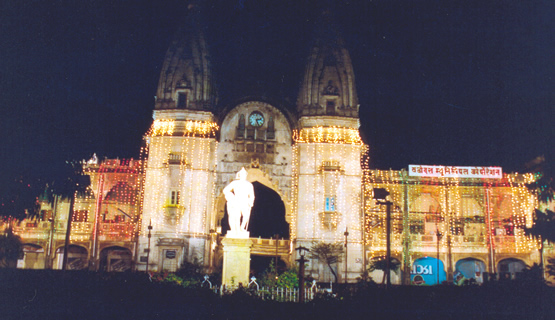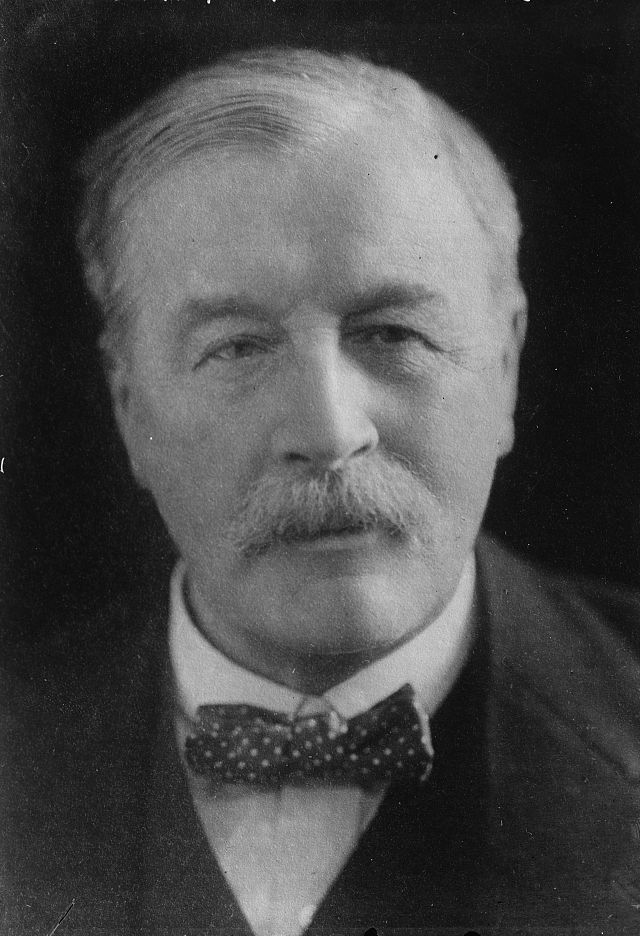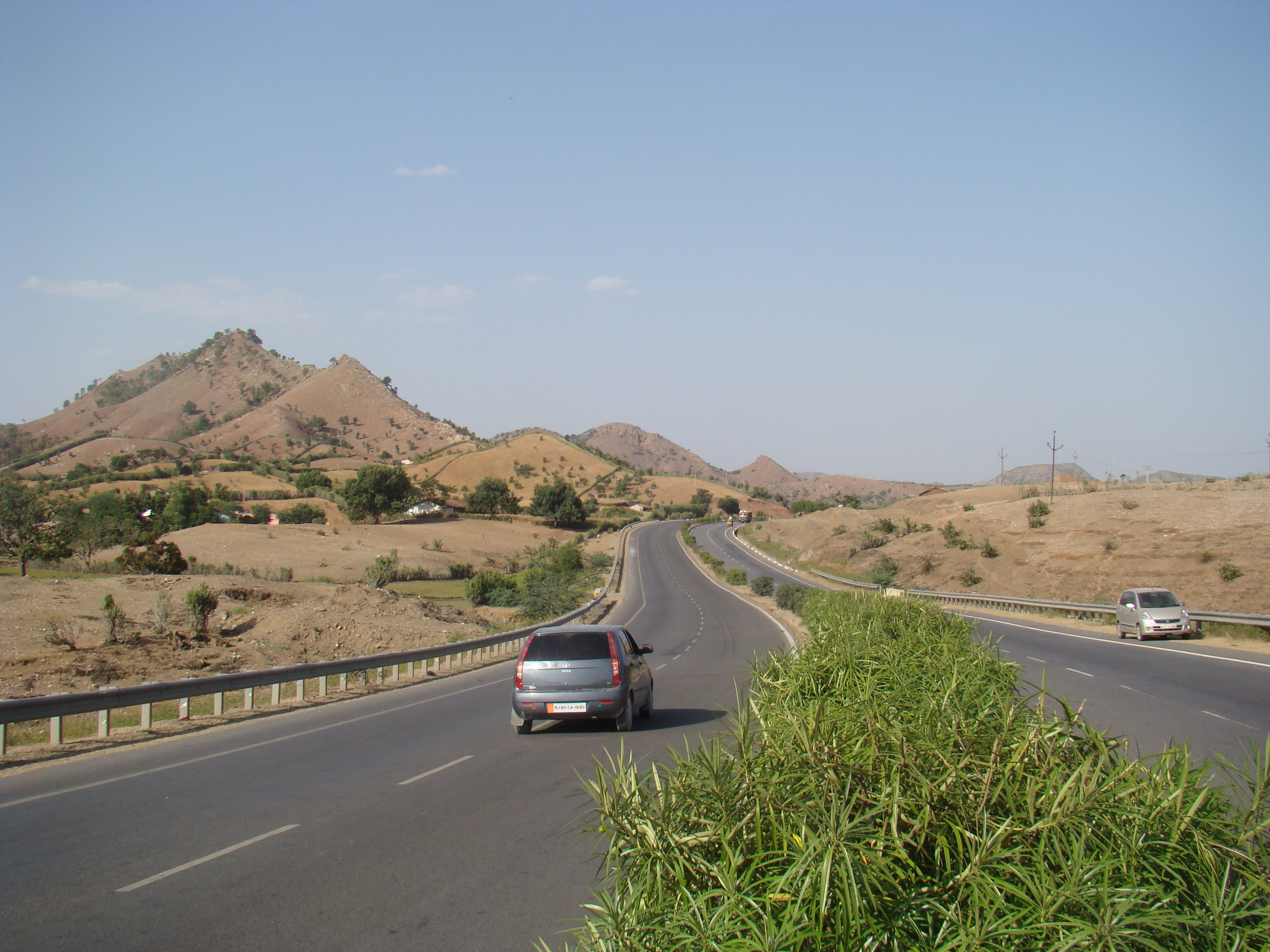|
Vadodara
Vadodara (), also known as Baroda, is the second largest city in the Indian state of Gujarat. It serves as the administrative headquarters of the Vadodara district and is situated on the banks of the Vishwamitri River, from the state capital of Gandhinagar. The railway line and National Highway 8, which connect Delhi with Mumbai, pass through Vadodara. The city is named for its abundance of the Banyan (''Vad'') tree. Vadodara is also locally referred to as the ''Sanskari Nagari'' () and ''Kala Nagari'' () of India. The city is prominent for landmarks such as the Laxmi Vilas Palace, which served as the residence of the Maratha royal Gaekwad dynasty that ruled over Baroda State. It is also the home of the Maharaja Sayajirao University of Baroda. Etymology The city in one period was called Chandanavati after the rule of Chanda of the Dodiya Rajputs. The capital was also known as Virakshetra or Viravati (Land of Warriors). Later on, it was known as Vadpatraka or Vadod ... [...More Info...] [...Related Items...] OR: [Wikipedia] [Google] [Baidu] |
Vadodara District
Vadodara District also known as Baroda District is a district in the eastern part of the state of Gujarat in western India. The city of Vadodara (Baroda), in the western part of the district, is the administrative headquarters. Vadodara District covers an area of 7,794 km2. As of 2011, the district had a population of 4,393,796 of which 49.6% were urban, 50.4% were rural, 5.3% were Scheduled castes and 27.6% were Scheduled tribes. As of 2011 it is the third most populous district of Gujarat (out of 33 Climate The Vadodara district has a dry climate and three distinct seasons, namely summer, winter and monsoon. Divisions Vadodara is divided into 2 Prants: # Vadodara # Dabhoi Vadodara is divided into 8 talukas: # Dabhoi # Karjan # Padra # Savli # Sinor # Vadodara City # Vadodara Rural # Waghodia Demographics According to the 2011 census Vadodara district has a population of 4,165,626, The district has a population density of . Its population growth rate over t ... [...More Info...] [...Related Items...] OR: [Wikipedia] [Google] [Baidu] |
Vadodara Airport
Vadodara Airport is a Domestic airport serving the city of Vadodara, Gujarat, India in the suburb of Harni, located northeast of Vadodara. It is the third-busiest airport in Gujarat, after Ahmedabad and Surat airports. Terminals The existing domestic terminal at Vadodara Airport, named after the Maharaja of Baroda State, is distinct from other airports due to its mix of Gujarati and architectural styles complete with domes on the roof. The terminal is small and cannot handle large numbers of passengers. The old terminal covers 4,519 square meters and can handle 250 passengers. To enhance the capacity of the airport as well as to launch international services, it was decided to construct a new Integrated Terminal Building. An international architectural design competition was held to invite designs for the new terminal. Eventually, a design submitted by United States-based consortium Gensler, Frederic Schwartz Architects and Creative Group from India won the competition an ... [...More Info...] [...Related Items...] OR: [Wikipedia] [Google] [Baidu] |
Gujarat
Gujarat (, ) is a state along the western coast of India. Its coastline of about is the longest in the country, most of which lies on the Kathiawar peninsula. Gujarat is the fifth-largest Indian state by area, covering some ; and the ninth-most populous state, with a population of 60.4 million. It is bordered by Rajasthan to the northeast, Dadra and Nagar Haveli and Daman and Diu to the south, Maharashtra to the southeast, Madhya Pradesh to the east, and the Arabian Sea and the Pakistani province of Sindh to the west. Gujarat's capital city is Gandhinagar, while its largest city is Ahmedabad. The Gujaratis are indigenous to the state and their language, Gujarati, is the state's official language. The state encompasses 23 sites of the ancient Indus Valley civilisation (more than any other state). The most important sites are Lothal (the world's first dry dock), Dholavira (the fifth largest site), and Gola Dhoro (where 5 uncommon seals were found). Lothal i ... [...More Info...] [...Related Items...] OR: [Wikipedia] [Google] [Baidu] |
Vadodara Municipal Corporation
The "''Vadodara Mahanagar Seva Sadan''" or Vadodara Municipal Corporation or VMC, established in July 1950 under the Bombay Provincial Corporation Act, 1949, is responsible for the civic infrastructure and administration of the city of Vadodara. Vadodara Municipal Corporation has been formed with functions to improve the infrastructure of town. The governing structure of VMC consists of political and administrative wings. The political wing is an elected body of councillors headed by a mayor. The commissioner from the IAS cadre heads the administrative wing and is responsible for strategic and operational planning and management of the corporation. The commissioner takes decisions on behalf of the board or the standing committee formed from the elected councillors to perform the duties of the corporation. Location The office of Vadodara Municipal Corporation is located in Khanderao Market on Chamaraja Road in Vadodara. Chamaraja Road was named after Chamaraja Wodeyar, ... [...More Info...] [...Related Items...] OR: [Wikipedia] [Google] [Baidu] |
Vishwamitri River
Originating from Pavagadh in the Panchmahal District of Gujarat, the Vishwamitri River flows mainly through the west of the city of Vadodara. The name of this river is said to have been derived from the name of the great saint Vishwamitra. Two other tributaries namely Dhadhar and Khanpur merge into it before it amalgamates with the Gulf of Khambhat. Human settlement dating back to 1000 B.C has been found on the bank of river Vishwamitri which ascertains the existence of Stone Age Era. Also in the beginning of the Christian era, a small township was developed on a mound on the banks of this river which later came to be known as Ankotakka (currently known as Akota) while the mound is popular as Dhantekri. The Vishwamitri River was key to the settlement of Vadodara. This river system includes three major tributaries: Vishwamitri, Dhadhar and Jambuva. All the three tributaries originate from Pavagadh hills and Jambughoda forests. This river system includes the Sayaji Sarovar on th ... [...More Info...] [...Related Items...] OR: [Wikipedia] [Google] [Baidu] |
National Academy Of Indian Railways
The National Academy of Indian Railways (NAIR), Vadodara formerly Railway Staff College and historically the Pratap Vilas Palace, is a Centralised civil service, engineering and medical training institute for Civil Service, Engineering and Medical Officers of Indian Railway Personnel Service, Indian Railway Stores Service and Indian Railway Medical Services cadre headed by a Director General and staffed by a faculty of experienced Railway Managers and Experts. Starting with the initial training of Officers Trainees inducted as Central Civil Services, Engineering and Medical professionals that form the backbone of Indian Railways, the Academy also conducts, mid-service mandatory or theme based ''in service'' Management Courses for all Officers of IR and courses for Officers of other Group A Central Services, Public Sector and Foreign Railways. The Academy is housed in the sprawling 55 acres campus of the Pratap Vilas Palace at Lalbaug, Vadodara. History The Indian Railway Com ... [...More Info...] [...Related Items...] OR: [Wikipedia] [Google] [Baidu] |
Vadodara Urban Development Authority
The Vadodara Urban Development Authority is a civilian government body responsible for overseeing and sanctioning construction and infrastructure development across the suburbs of the city of Vadodara, in the state of Gujarat in India. The office of VUDA is at Karelibaug Near L&T Circle(parth), Vadodara. Recently the area of working of VUDA has been limited due to merger of 4 Gram Panchanyats of Vadodara district with the Vadodara Municipal Corporation. VUDA's main function is to prepare a macro plan i.e. a development plan for a horizon of 20 years for the Vadodara Urban agglomeration area. The area is demarcated based on functional criteria and thus accommodates areas of VMC as well as outgrowth covering municipalities and village panchayats. It mainly provides guided and planned development for the outgrowth of the city. For the area within the VMC jurisdiction, VUDA earmarks land for micro planning like town planning schemes (TP schemes). The TP schemes within the VMC area ... [...More Info...] [...Related Items...] OR: [Wikipedia] [Google] [Baidu] |
Laxmi Vilas Palace, Vadodara
The Lakshmi Vilas Palace in Vadodara, Gujarat, India, was constructed by the Gaekwad family, a prominent Maratha family, who ruled the Baroda State. Major Charles Mant was credited to be the main architect of the palace. Lakshmi Vilas Palace was styled on the Indo-Saracenic Revival architecture, built by Maharaja Sayajirao Gaekwad III in 1890 at a cost of £180,000 (₹27,00,000). Overview File:Laxmi Vilas Palace, Baroda (c. 1890).jpg, Lakshmi Vilas Palace in 1890 File:Library at Lakshmi Vilas Palace in Baroda in the 1890s.jpg, Library at Lakshmi Vilas Palace, 1890 photograph File:Laxmi Vilas Palace Darbar Hall.jpg, Darbar Hall featuring the "Rajas Throne". File:Laxmi vilas palace.jpg, Darbar hall featuring ornate artwork. It is reputed to have been the largest private dwelling built until that time, and four times the size of Buckingham Palace. At the time of construction, it boasted the most modern amenities such as elevators and the interior is reminiscent of a large Eu ... [...More Info...] [...Related Items...] OR: [Wikipedia] [Google] [Baidu] |
Lakshmi Vilas Palace
The Lakshmi Vilas Palace in Vadodara, Gujarat, India, was constructed by the Gaekwad family, a prominent Maratha family, who ruled the Baroda State. Major Charles Mant was credited to be the main architect of the palace. Lakshmi Vilas Palace was styled on the Indo-Saracenic Revival architecture, built by Maharaja Sayajirao Gaekwad III in 1890 at a cost of £180,000 (₹27,00,000). Overview File:Laxmi Vilas Palace, Baroda (c. 1890).jpg, Lakshmi Vilas Palace in 1890 File:Library at Lakshmi Vilas Palace in Baroda in the 1890s.jpg, Library at Lakshmi Vilas Palace, 1890 photograph File:Laxmi Vilas Palace Darbar Hall.jpg, Darbar Hall featuring the "Rajas Throne". File:Laxmi vilas palace.jpg, Darbar hall featuring ornate artwork. It is reputed to have been the largest private dwelling built until that time, and four times the size of Buckingham Palace. At the time of construction, it boasted the most modern amenities such as elevators and the interior is reminiscent of a large Eu ... [...More Info...] [...Related Items...] OR: [Wikipedia] [Google] [Baidu] |
Baroda State
Baroda State was a state in present-day Gujarat, ruled by the Gaekwad dynasty of the Maratha Confederacy from its formation in 1721 until its accession to the newly formed Dominion of India in 1949. With the city of Baroda (Vadodara) as its capital, during the British Raj its relations with the British were managed by the Baroda Residency. The revenue of the state in 1901 was Rs. 13,661,000. Baroda formally acceded to the Dominion of India, on 1 May 1949, prior to which an interim government was formed in the state. History Early history Baroda derives its native name ''Vadodara'' from the Sanskrit word ''vatodara'', meaning 'in the heart of the Banyan (''Vata'') tree. It also has another name, ''Virakshetra'' or ''Virawati'' (land of warriors), mentioned alongside ''Vadodara'' by the 17th century Gujarati poet Premanand Bhatt, native to the city. Its name has been mentioned as ''Brodera'' by early English travellers and merchants, from which its later name Baroda was ... [...More Info...] [...Related Items...] OR: [Wikipedia] [Google] [Baidu] |
National Highway 8 (India, Old Numbering)
National Highway 8 (NH 8) is a 4-lane (6-lane in most parts) National Highway in India. According to estimates, it is the busiest highway in the subcontinent, as it connects the national capital Delhi to the financial capital Mumbai, as well as important cities Gurgaon, Jaipur, Ajmer, Udaipur, Ahmedabad, Vadodara, Surat, Nadiad, Anand and Kheda. The total length is 1428km. Under the new numbering it has become part of the NH48. The highway is part of the Golden Quadrilateral project undertaken by National Highways Authority of India (NHAI) and was the first section to be completed. The Delhi-Gurgaon Expressway, Jaipur-Kishangarh Expressway, and Ahmedabad Vadodara Expressway are part of NH 8. Before entering downtown Mumbai, NH 8 passes through nearly all the suburbs on the western line of Mumbai Suburban Railway, where it is popularly known as Western Express Highway. Route * Delhi * Gurgaon * Manesar * Bawal * Shahjahanpur * Neemrana * Behror * Kotputli * Paota ... [...More Info...] [...Related Items...] OR: [Wikipedia] [Google] [Baidu] |
Gaekwad Dynasty
The Gaekwads of Baroda (also spelled as Gaikwads, Guicowars, Gaekwars) (IAST: ''Gāyakavāḍa'') are a Hindu Maratha dynasty origin of the former Maratha Empire and its subsequent Princely States. A dynasty belonging to this clan ruled the princely state of Baroda in western India from the early 18th century until 1947. The ruling prince was known as the Maharaja Gaekwad of Baroda. With the city of Baroda (Vadodara) as its capital, during the British Raj its relations with the British were managed by the Baroda Residency. It was one of the largest and wealthiest princely states existing alongside British India, with wealth coming from the lucrative cotton business as well as rice, wheat and sugar production. Early history The Gaekwad rule of Baroda began when the Maratha general Pilaji Rao Gaekwad conquered the city from the Mughal Empire in 1721. The Gaekwads were granted the city as a Jagir by Chhatrapati Shahu I, the Chhatrapati of the Maratha empire. In their early yea ... [...More Info...] [...Related Items...] OR: [Wikipedia] [Google] [Baidu] |
.jpg)






